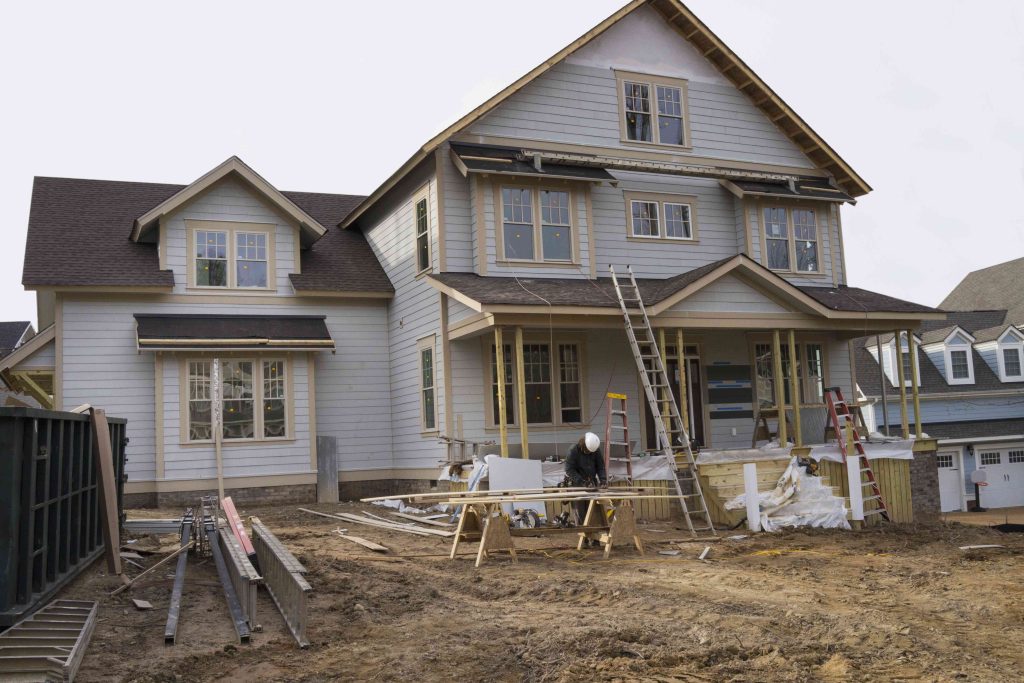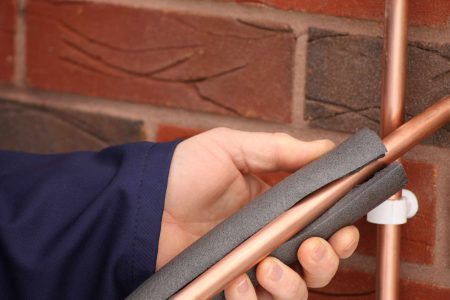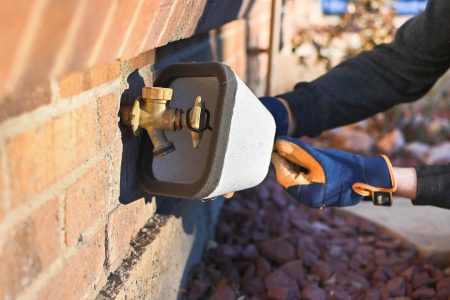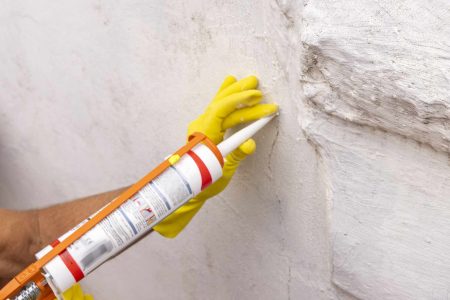How do you start a project that’s as huge, lengthy, costly, and all-consuming as a whole-house remodel?
With some projects, you can jump right into them without much forethought. If you want to paint the living room, you can pick up the paint in the morning and be done by the evening. Even more involved jobs like laying floating laminate flooring can be started on impulse.
But a whole-house remodel should begin with real-world realizations about the scale of this project and dedicated planning.
Cost to Remodel a House
According to HomeAdvisor, “The average cost to remodel a home is $48,542. Prices range from about $17,701 to $79,384. Depending on the finishes you choose, remodeling your home may cost between $10 to $150 per square foot.
Costs per room vary based on whether they have water running to them (wet room) or not (dry room), such as bathrooms, kitchens, and laundry rooms vs. bedrooms, living rooms, and office space. Here’s a breakdown of the average costs per room:
- Bathroom: $3,000-$25,000
- Kitchen: $6,000+
- Laundry room (utility): $6,000
- Living Room: $5,000-$10,000
- Bedroom: $10,000-$15,000
- Office: $5,000+
Consider the Resale Value
Today, the majority of American homeowners sell their house at least once. Gone are the days when homeowners rode out their 30-year mortgage to the end. Not only are you renovating your house for you, but also for future buyers.
Whatever you do with this whole-house remodel will cycle back to another set of buyers. Will your remodel stand the test of time, or will it need replacing when it comes time to sell the house?
Home Remodel Order
- Out with the old: Demolition and removal of old materials
- Structural work: Rebuilding main structures like walls, support beams, and subfloors
- Plumbing and wiring: Updating plumbing, electrical, and HVAC
- Walls and floors: Installing drywall and flooring
- Hardware: Installing cabinets, fixtures, and appliances
- Accessories: Adding decor and finishing furnishings
Planning a Whole-Home Remodel
Choose Your Design Goals
Before you start, you need a vision or a general idea of what you want. Thumb through magazines or online sources for inspiration. Once you have a general idea, you might consider calling an expert for guidance, like a professional remodeler, interior designer, architect, or contractor.
Determine Your Funding
Come up with a range of funding options. Your funding options may range from simple sweat equity to a traditional home equity loan. Borrowing from family or friends with a clear plan for paying back the money can be another option for some people.
DIY vs. Hiring Pros
You can hire professionals, do it yourself, or combine the two. If this is a whole-house renovation, you likely will not do all the work yourself. Experts can assist with developing a new floor plan, figuring out if existing walls are structural or cosmetic and if they can be knocked down, and how to lay out the electrical wiring in the best way for lighting, plumbing, and appliances. Even a skilled DIYer will likely call in a professional for projects like plumbing and electrical.
Professionals range from expensive contractors to sub-contractors and handy people you find through word-of-mouth or classified ads. Since not all home renovation projects are created equally, you will want to consider on a case-by-case basis whether you can take on the home renovation project yourself or wish to hire professionals.
When it comes to the final touches to your space, working with an interior design expert can also be cost-effective, mainly if you involve them early in the project. They can recommend reliable contractors, order materials at a discount, and otherwise help save you money on the overall project—while helping you design the space of your dreams.
Become Comfortable With Contractors and Work Crews
People will be everywhere during your whole-house remodel. They will be there on days when you don’t expect, too. Sometimes, they show up earlier than you like. And that’s just the work crew.
With the contractor, you’ll be texting, emailing, and speaking to this person frequently. Remember, they’re working for you.
When hiring a crew, do your homework. One of the best ways of finding a contractor is to find someone who recommends them based on their experience. You can also search for local architects or contractors online, read their reviews, and check if the architect is a member of The American Institute of Architects. A lumberyard also likely has an idea of local contractors in the area, so ask around.
When you’re in the selection process, get cost estimates for a good general idea of how different pros charge. Hiring locals will also be good since they have fewer hassles with getting to the site, and there’s usually no upcharge for travel expenses. Ensure you have everything in writing and understand if you have a back-out clause or “cooling off” period if you need to cancel, especially if you’ve started work with them and you can see early on their work is concerning, or you don’t like their practices.
Think Ahead to Permit and Zoning Issues
Building permits take a notoriously long time to get approved. Electrical permits and permits for demolition or fences may not take more than a few days, but large-scale projects involving zoning, like building a home addition, may take many weeks or months.
One benefit of a contractor is that they will handle all the permitting for you. Even so, know that permits slow down projects and add to their overall cost.
Take Safety and Cleanliness Seriously
It’s good to consider things like lead-based paint before sanding down that 80-year-old hand-railing.
Avoiding mess when painting your house interior is just as important as developing a plan for keeping out dust from clean areas of your house. Good work crews should do this for you, but you usually need to step in and do your part.
-
Is it cheaper to renovate a house or build from scratch?
A home renovation is usually less expensive than building a new home. Sometimes when an old house degrades a lot with foundation or roof issues, insect activity, or decay that leads to rot of structural beams, including old plumbing systems and electrical wiring that needs a rehaul, those considerations can make a renovation costlier than starting from scratch.
-
What comes first in remodeling?
After you have a plan, the first active steps of your remodeling plan are demolition and removing all the old parts and pieces of the house.
-
What is the most expensive part of a remodel?
The most expensive part of a home remodel is when you need to build out a kitchen or bathroom. In a kitchen, the appliances are costly and add up.
-
Are home renovations worth the money?
Remodeling can boost the value of a house and the return on your investment if you sell the house. Improvements like installing new windows, new wood flooring, or a new roof, and certain kitchen and bathroom upgrades make it worth it.
Read the full article here









